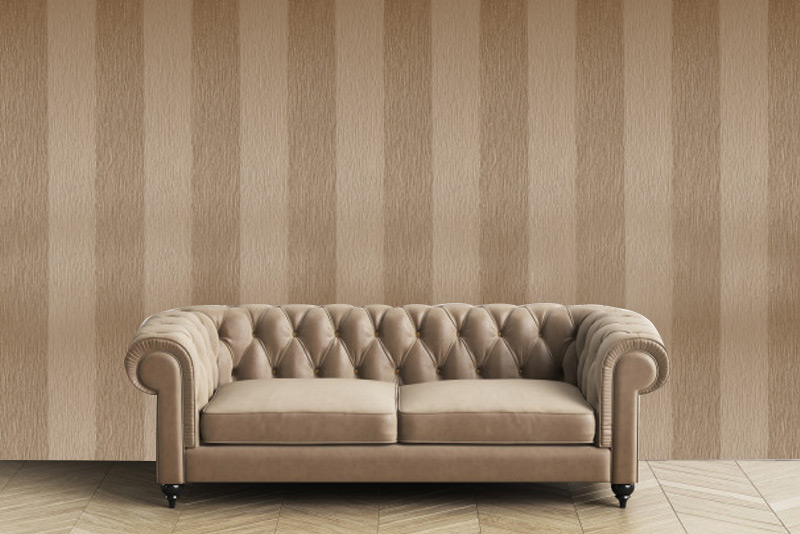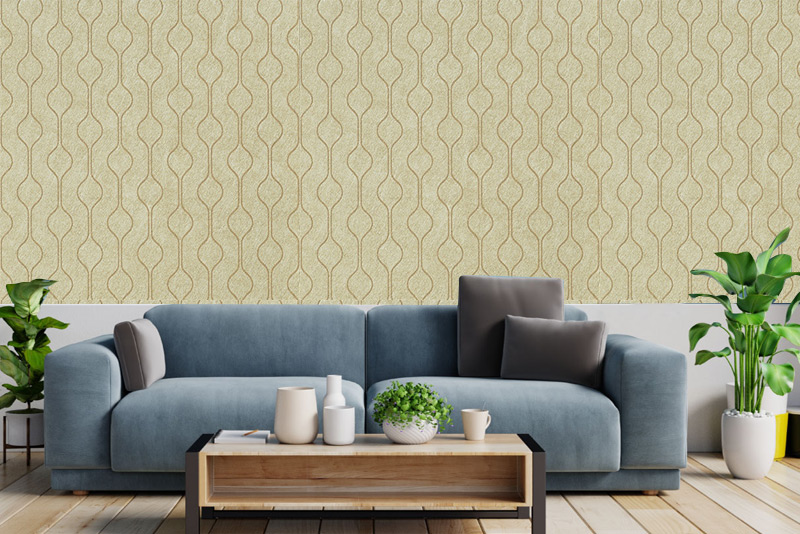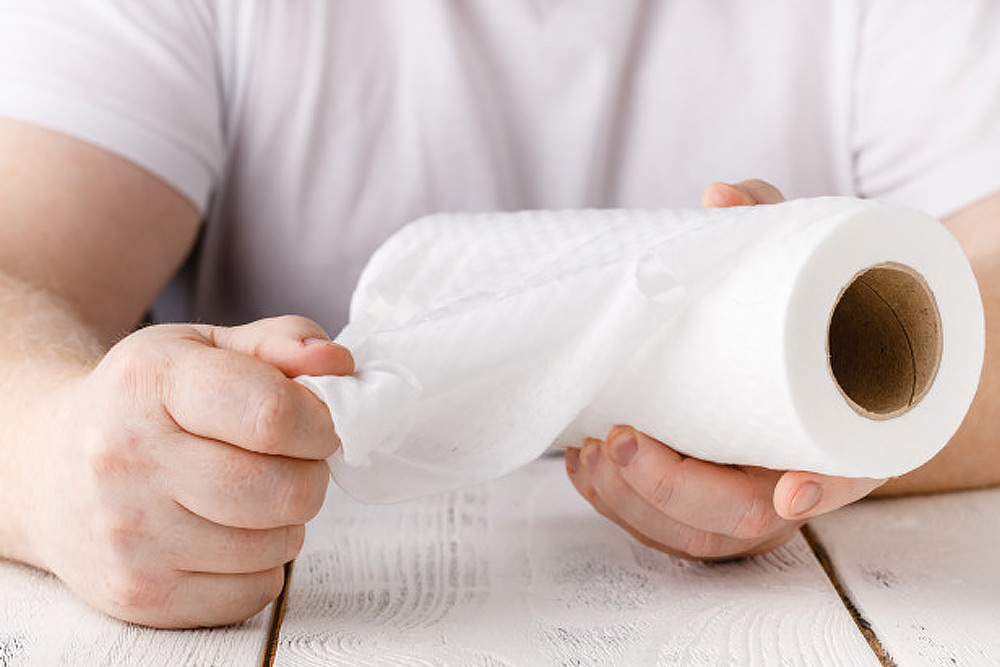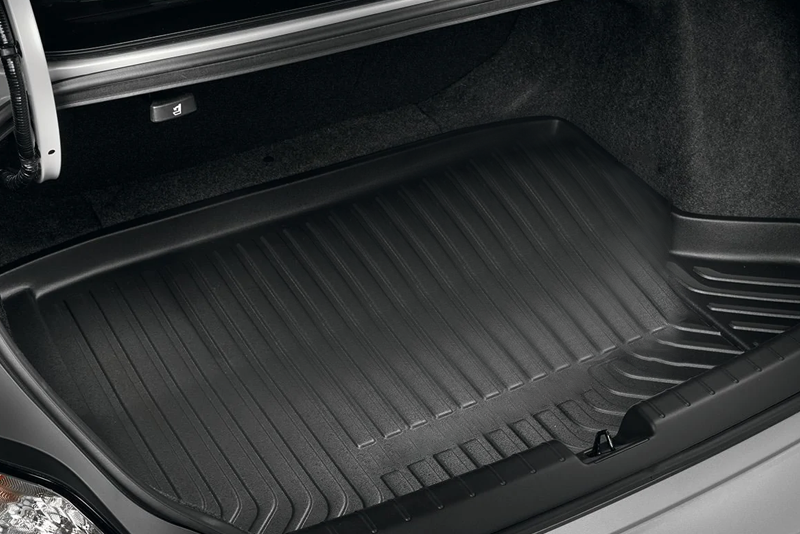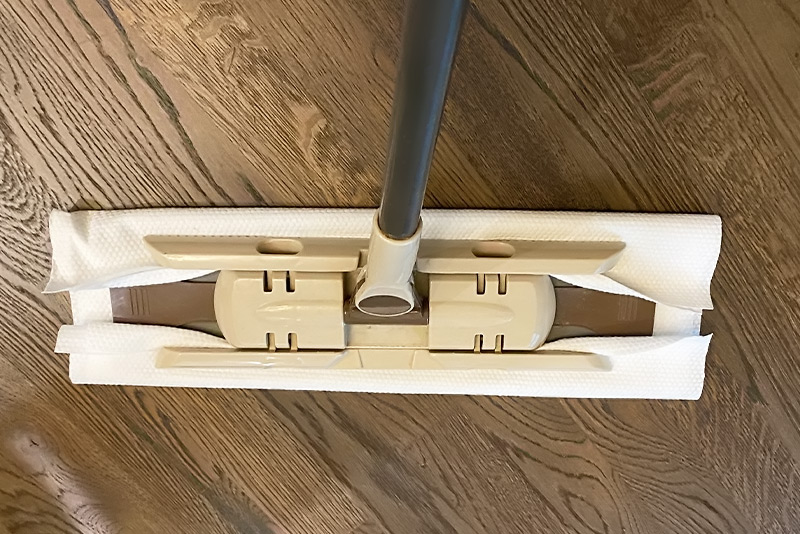Disposable face towels are typically made from a variety of materials designed to balance softness, absorbency, durability, and cost-effectiveness. The most common materials used include:
1. Non-Woven Fabrics
Spunlace (Hydroentangled):
Made by entangling fibers with high-pressure water jets.
Soft, strong, and highly absorbent.
Often used for premium disposable towels.
Spunbond:
Made by bonding fibers together with heat and pressure.
Lightweight and durable but not as soft as spunlace.
Commonly used for budget-friendly options.

2. Natural Fibers
Cotton:
Known for its softness and absorbency.
Biodegradable and generally considered skin-friendly.
Can be more expensive than synthetic options.
Bamboo:
Naturally antibacterial and highly absorbent.
Eco-friendly and biodegradable.
Provides a soft texture similar to cotton.
3. Synthetic Fibers
Polypropylene:
Commonly used in non-woven fabrics like spunbond.
Lightweight, strong, and cost-effective.
Not biodegradable but recyclable.
Polyester:
Often blended with other fibers to enhance strength and durability.
Provides a smooth texture and quick-drying properties.
4. Blended Materials
Cotton-Polyester Blends:
Combine the softness of cotton with the strength and durability of polyester.
Balances cost, performance, and comfort.
Viscose-Polyester Blends:
Viscose (rayon) adds softness and absorbency, while polyester provides durability.
Often used in mid-range disposable face towels.
5. Biodegradable and Eco-Friendly Materials
PLA (Polylactic Acid):
Made from renewable resources like corn starch or sugarcane.
Biodegradable and compostable.
Used in eco-friendly disposable face towels.
Lyocell (Tencel):
Made from sustainably sourced wood pulp.
Biodegradable, soft, and highly absorbent.
A premium option for eco-conscious consumers.
6. Additives and Treatments
Antibacterial Agents:
Integrated into the fibers to provide additional hygiene benefits.
Commonly used in towels for sensitive skin or medical applications.
Natural Extracts:
Aloe vera, chamomile, or green tea extracts may be infused for additional skin benefits.
Adds a unique selling point for skincare-focused products.
Each material and blend offers different advantages and caters to specific consumer needs and market segments. The choice of material often depends on the desired balance between cost, performance, environmental impact, and consumer preferences.


 English
English 简体中文
简体中文 日本語
日本語
